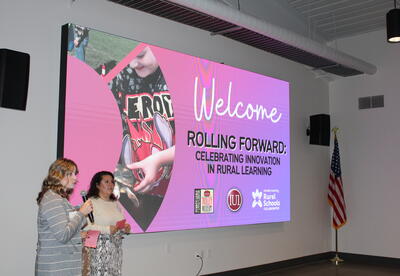Bullying Prevention
The Olweus Bullying Prevention Program (OBPP) is a universal intervention for the reduction and prevention of problems associated with the act of bullying. The Olweus Bullying Prevention Program is designed for students in elementary, middle, and junior high schools (students ages 5–15 years old). Research has shown that the OBPP is also effective in high schools, with some program adaptation. All students participate in most aspects of the program, while students identified as bullying others, or as targets of bullying, receive additional individualized interventions.
The Olweus Bullying Prevention Program is designed to improve peer relations and make schools safer, more positive places for students to learn and develop. Goals of the program include:
- Reducing existing bullying problems among students
- Preventing the development of new bullying problems
- Achieving better peer relations at school
Core components of the program are implemented at the school level, the class level, and the individual level.
School-wide components include the administration of an anonymous questionnaire to assess the nature and prevalence of bullying at each school; a school conference day to discuss bullying at school and plan interventions; formation of a Bullying Prevention Coordinating Committee to coordinate all aspects of the school's program; and increased supervision of students at “hot spots” for bullying.
Classroom components include the establishment and enforcement of class rules against bullying along with holding regular class meetings with students.
Individual components include interventions with children identified as exhibiting bullying behaviors and children being bullied along with discussions with parents of involved students.
The training consists of core team training, whole school staff training, as well as ongoing consultation by a certified trainer.
Statistics show how successful implementation of the Olweus Bullying Prevention Program can reduce school bullying. Outcomes have included:
- Fifty percent or more reductions in student reports of being bullied and bullying others. Peer and teacher ratings of bullying problems have yielded similar results.
- Significant reductions in student reports of general antisocial behavior such as school bullying, vandalism, school violence, fighting, theft, and truancy.
- Significant improvements in the classroom social climate as reflected in students’ reports of improved order and discipline, more positive social relationships, and more positive attitudes toward schoolwork and school.
- Greater support for students who are bullied, and stronger, more effective interventions for students who bully.
Bullying Prevention
Additional Resources









